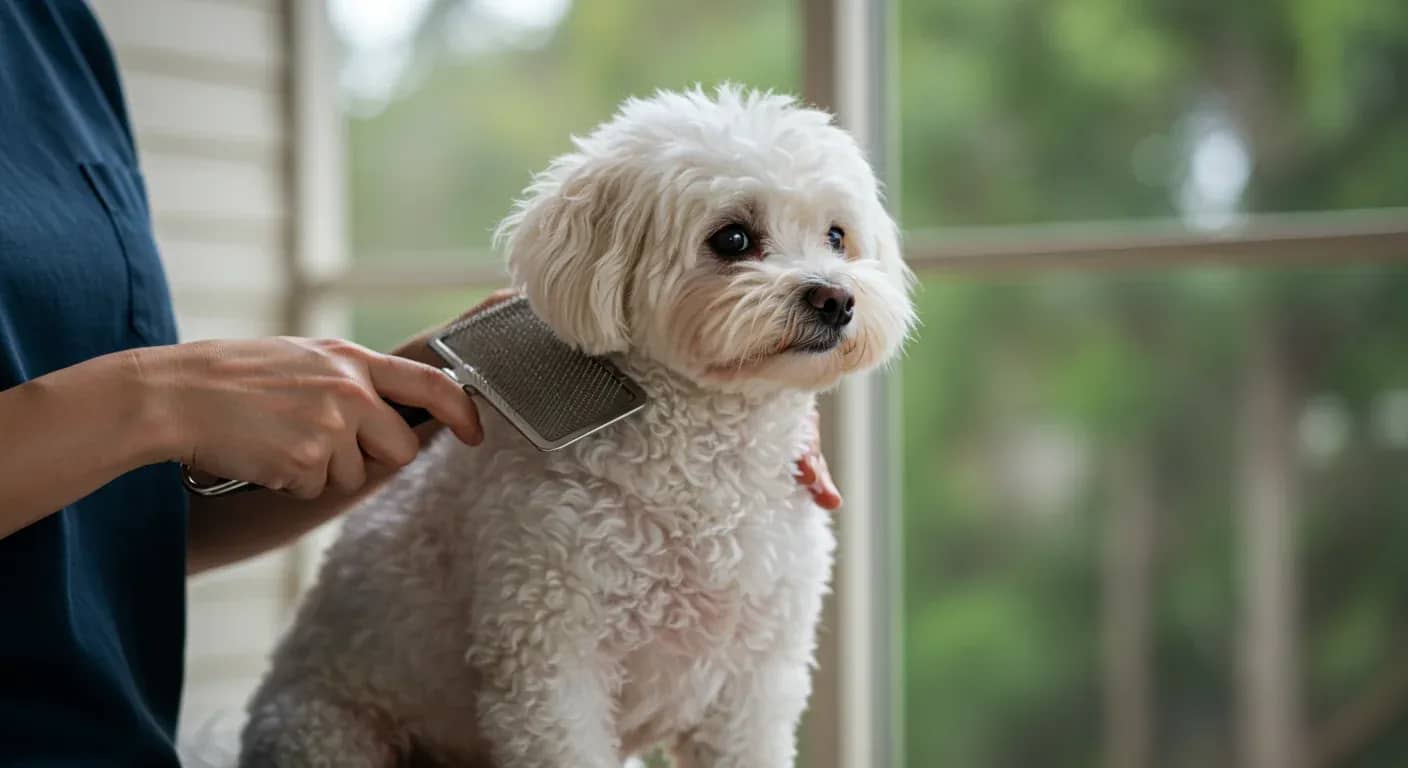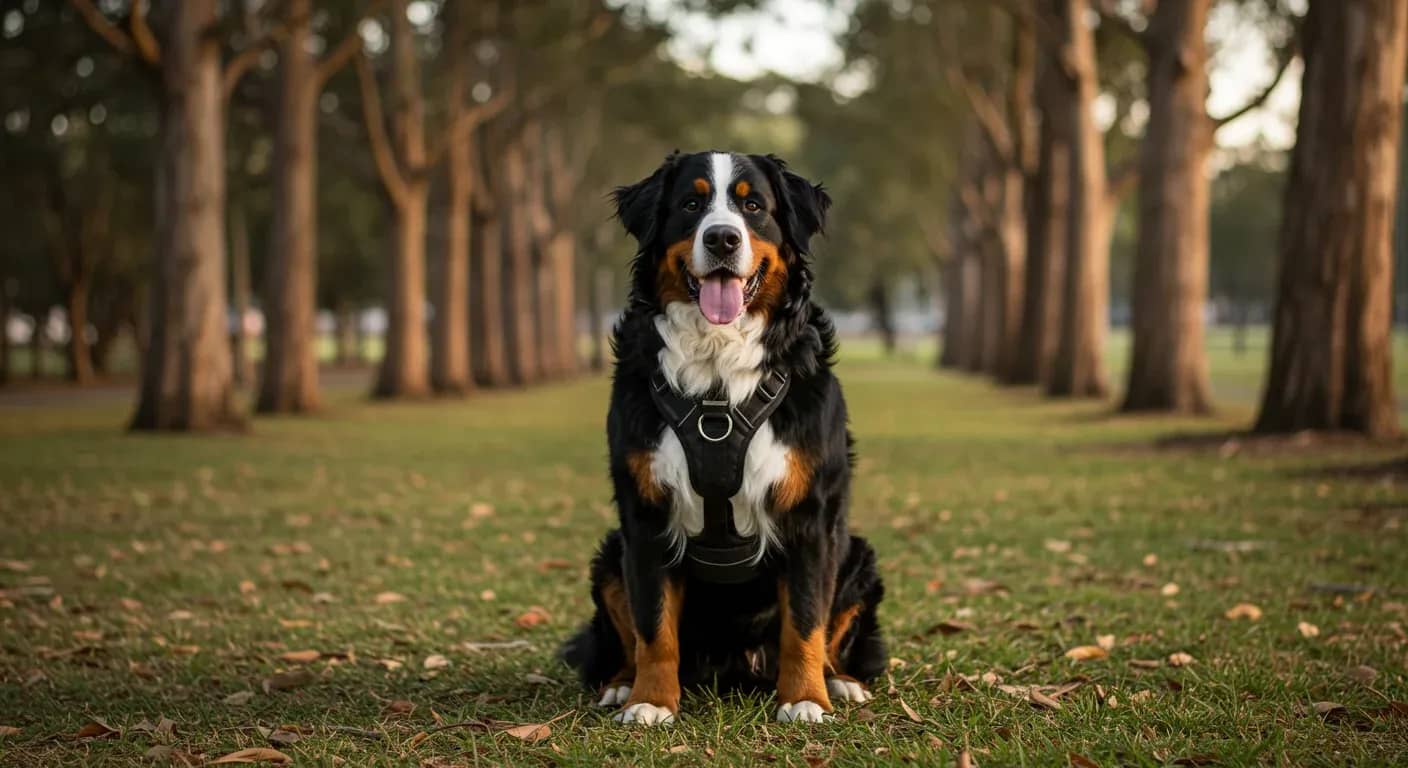At a glance
- Chihuahuas need different brushes depending on their coat type, with short-haired varieties requiring gentler tools than long-haired ones
- Rubber brushes like the Kong ZoomGroom work best for weekly maintenance of short coats, while slicker brushes are essential for long-haired Chihuahuas
- Small brush heads and ergonomic handles are crucial since these tiny dogs have sensitive skin and delicate features
- Regular brushing prevents seasonal shedding problems and stimulates natural oils without irritating their thin skin
Understanding your Chihuahua's coat needs
You might notice your Chihuahua sheds more than you expected for such a small dog. Many owners are surprised to learn that these tiny companions actually have quite specific grooming requirements based on their coat type. Most Chihuahuas have short, fine hair, though some develop longer hair around their ears, neck, and tail areas.
The key difference lies in understanding that both coat types share one important characteristic: the hair is delicate and the skin underneath is particularly sensitive. This means standard dog brushes designed for larger breeds often prove too harsh or cumbersome for effective grooming.
Research shows that Chihuahuas shed seasonally, with short-haired varieties typically shedding more noticeably than their long-haired counterparts. Their thin skin can also dry or crack easily, especially around pressure points like elbows, making gentle brushing techniques essential for maintaining both coat and skin health.
Best brushes for short-haired varieties

For short-haired dogs, rubber brushes consistently outperform other options. The Artero Laika comes specifically recommended for short-haired Chihuahuas, while the Kong ZoomGroom offers an excellent alternative with its rubber nubs that attract loose hair while providing a gentle massage.
These rubber tools work particularly well because they remove loose hair without damaging the delicate skin underneath. You can use them during weekly brushing sessions to control shedding and stimulate the production of natural oils that keep the coat shiny and healthy.
Bristle brushes also serve an important role for short coats, particularly for polishing and distributing oils. The Burt's Bees for Pets Palm Brush features hemp bristles in a small, ergonomic design that fits perfectly with the size requirements these small dogs demand. Use gentle strokes following the direction of hair growth to add shine and remove surface dirt.
Essential tools for long-haired Chihuahuas

Long-haired varieties require more specialized equipment to prevent matting and remove loose undercoat. Slicker brushes become essential tools, with the Chris Christensen Stand and Groom Mini and the Chris Christensen Tiny Slicker Brush leading professional recommendations.
These smaller slicker brushes work effectively on the longer hair around ears and feet without overwhelming your dog's tiny frame. Use them carefully to avoid skin irritation, working through tangles slowly rather than pulling through mats aggressively.
Undercoat rakes like the Artero Echo and Artero Floki help remove loose undercoat without cutting the topcoat. During seasonal shedding periods, these tools prove invaluable for reducing the discomfort that comes from matted undercoat while preserving the coat's natural insulation properties.
Managing seasonal shedding effectively
Many Chihuahua owners worry when shedding increases dramatically during seasonal changes. This natural process requires specific tools to manage effectively without causing skin irritation or coat damage.
De-shedding tools like the Artero Golf work specifically for these coat types during heavy shedding periods. Use these tools sparingly and only when necessary, as overuse can damage the coat's natural structure and reduce its protective qualities.
The frequency of brushing should increase during shedding seasons. While short-haired dogs typically need brushing once weekly, you might need to increase this to every few days during peak shedding times. Long-haired varieties may require brushing two to three times per week year-round, with daily attention during seasonal changes.
Proper brushing techniques and frequency
Technique matters more than the specific brush when grooming these sensitive dogs. Use gentle, slow strokes that follow the direction of hair growth. Avoid harsh brushing that can irritate their thin skin or cause the fine hair to break.
Start grooming sessions early in puppyhood using soft brushes to create positive associations. Keep sessions short and positive, particularly since these dogs can become stressed easily during handling.
Pay special attention to sensitive areas like elbows and ears. These spots often require softer brushes or even gentle finger work to avoid cracking or irritation. The thin skin in these areas benefits from the stimulation that proper brushing provides, but responds poorly to aggressive techniques.
Solving common grooming problems
Excessive shedding often indicates the need for better tools or technique adjustments. Rubber brushes combined with de-shedding tools during appropriate seasons usually resolve most shedding concerns. Supporting coat health with a diet rich in omega fatty acids can also reduce problematic shedding.
Skin dryness and cracking respond well to gentle brushing that stimulates natural oil production. Avoid over-bathing, which strips these essential oils, and choose moisturising shampoos when monthly baths become necessary.
Mats in long coats require patient work with slicker brushes and undercoat rakes. Regular grooming prevents mat formation, but when mats do occur, work through them slowly to avoid pulling and causing discomfort.
Choosing the right size and features
Size considerations prove crucial when selecting grooming tools. Brush heads should be appropriately small for precise work around delicate features, while handles need ergonomic design for owner comfort during grooming sessions.
Look for brushes with soft or flexible bristles and nubs that protect sensitive skin. Multi-functional tools like rubber brushes that work for both wet and dry grooming offer practical advantages for regular maintenance.
Cost ranges from moderate for basic rubber and bristle brushes at $10 to $30, up to $20 to $40 for specialized slicker brushes and undercoat tools. Premium grooming sets may cost more but typically offer better durability and comfort for both dog and owner. For a complete overview of all aspects of grooming your Chihuahua, including bathing and nail care, brands like Artero and Chris Christensen receive consistent recommendations from grooming experts for their quality and suitability for small breeds.



